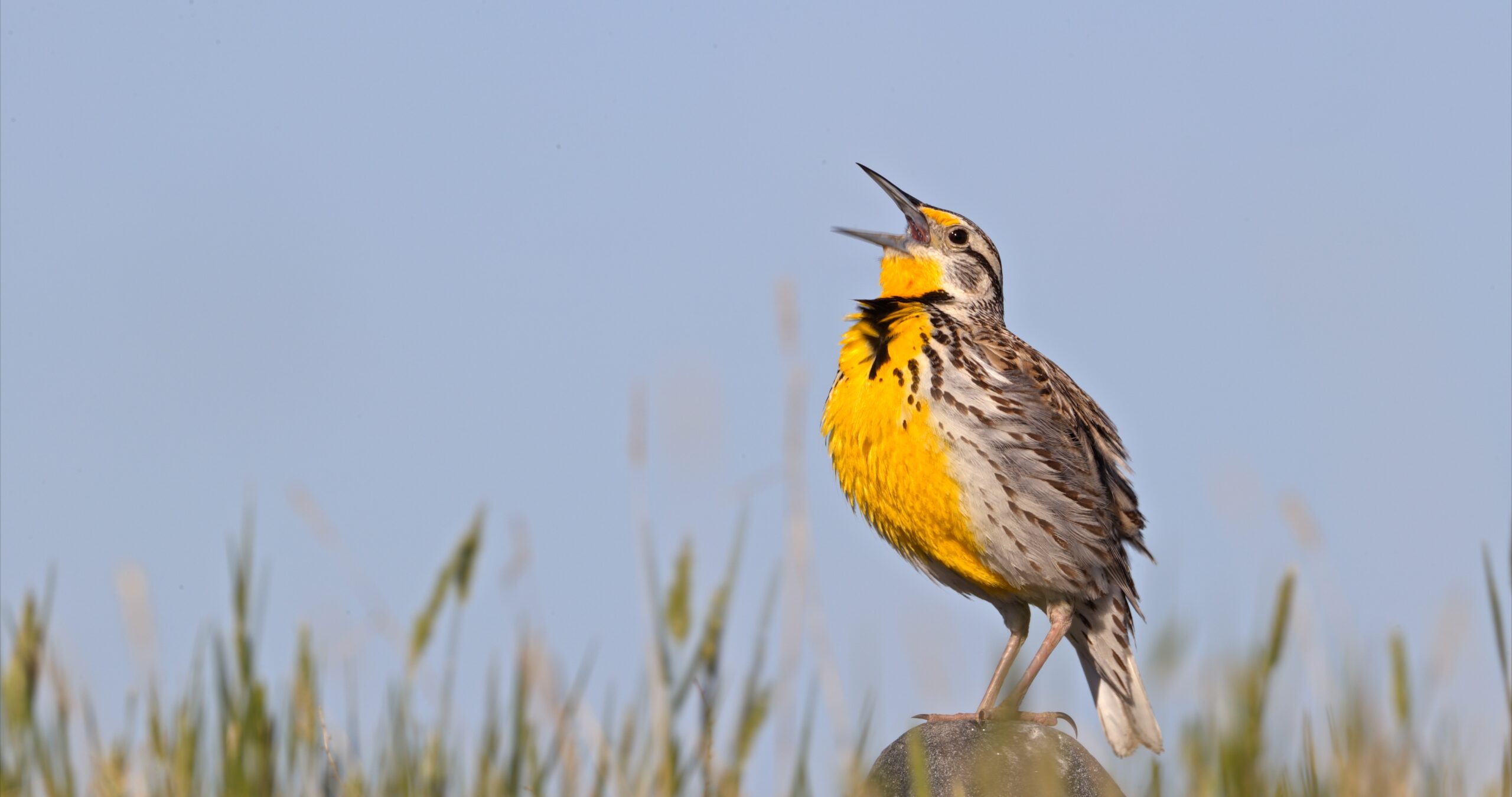What's Good for the Herd is Good for the Bird
"These ranchers make their primary livelihood out of being stewards of the land. If they're a really good steward, they're a successful rancher."
— Shelly Kelly, Sandhills Task Force
Watch: A Shared Vision for Grasslands
The Center for Conservation Media worked with the National Fish and Wildlife Foundation (NFWF), the nation’s largest private conservation grant-maker, to produce four films about ongoing projects in Nebraska, South Dakota, and Montana supported by NFWF. Each of these pieces tells its own story. Together, they showcase the power of partnership to achieve conservation goals in working lands.
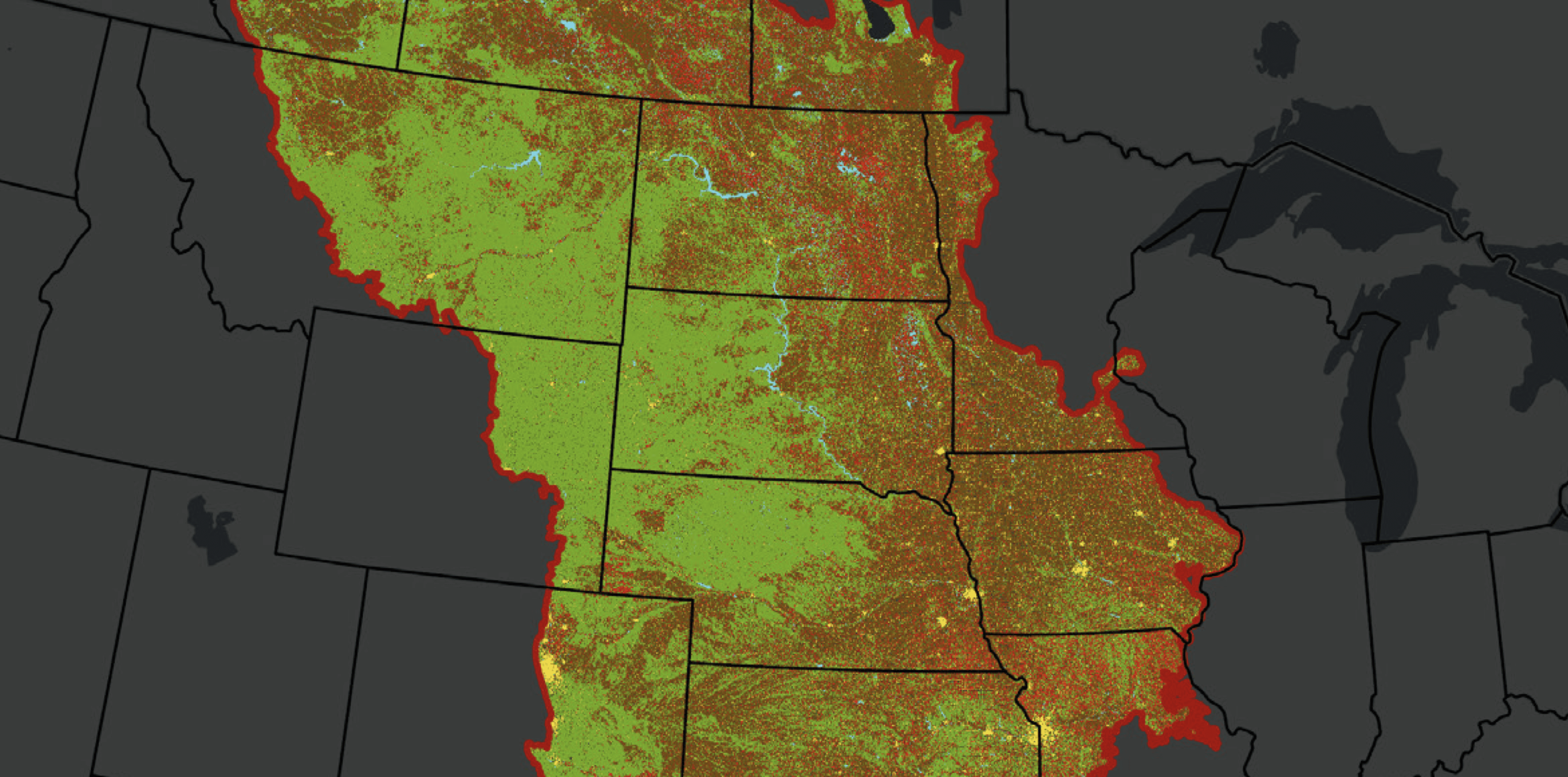
The decline of this ecosystem is pretty far along.
Brandt Ryder, Bird Conservancy of the Rockies
Predicted areas of intact (green), recently converted (red), and already converted (brown) grasslands. The Great Plains region is outlined in red. From the 2022 Plowprint Report.
Grasslands in Peril
Grasslands may look empty at first glance, but they are vibrant with life. They have evolved to withstand regular disturbances from grazing animals, drought, and fire. The deep roots of grassland plants catch water and add organic matter to the soil, improving climate resiliency through water retention and carbon sequestration. Yet despite the essential services they provide, grasslands are disappearing rapidly.
Across the U.S. Great Plains, over half of native grasslands have been permanently lost to cropland, energy and urban development, and the encroachment of trees. This loss threatens entire human economies and cultures, as well as wildlife communities, as land is claimed for other uses. Once grasslands are degraded, the finely-tuned benefits they provide can permanently disappear.
When habitat loss occurs on this scale, biodiversity loss is not far behind. North America has lost half its population of grassland birds in the last 50 years – the steepest loss out of all habitat types. (Click to explore the “Decline of North American Avifauna” study.) But even though grasslands are in serious trouble, they do not receive the attention paid to other habitats like forests and wetlands.
Given the urgency and scale of this issue, Conservation Media committed itself to exploring how best to contribute our services to grasslands protection. We felt science-based media could frame the necessary information and that our outcome-driven approach could help conservation groups deliver their messages to relevant audiences.
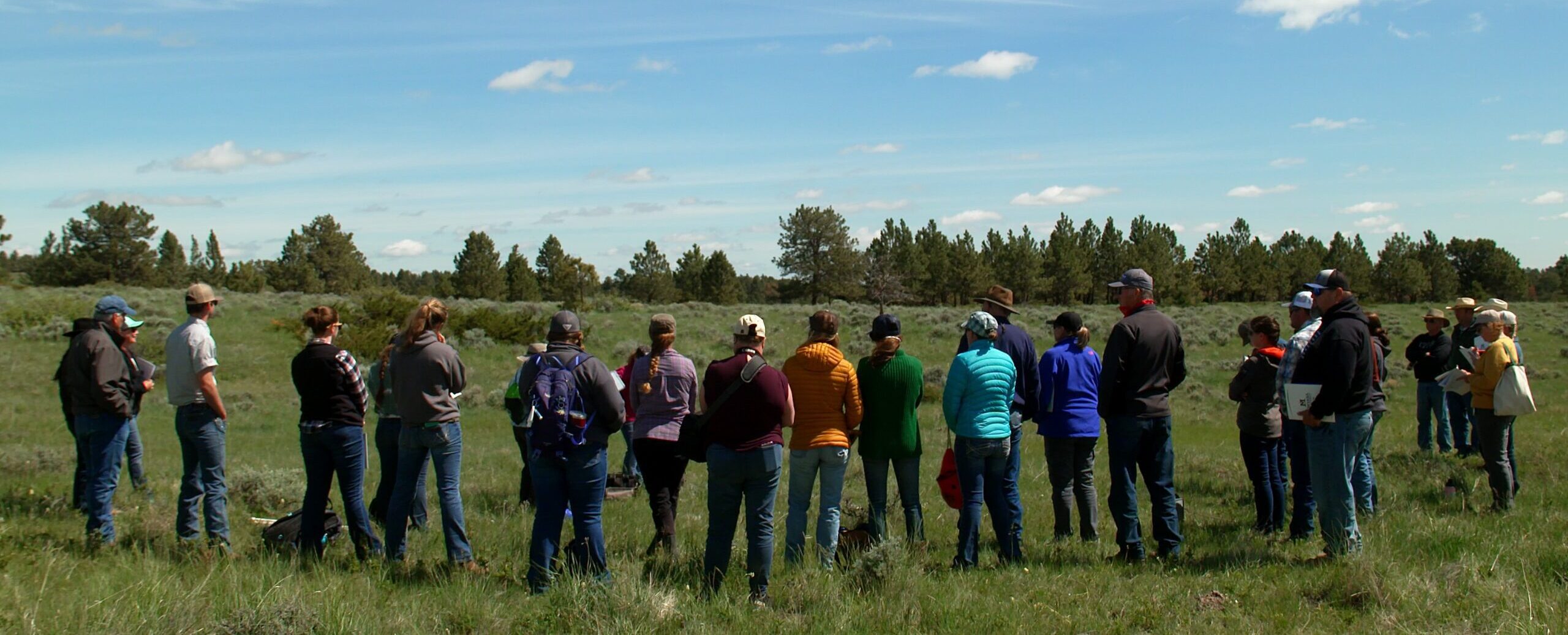
The human resource is a pretty powerful one, and we need to make better use of it.
Rick Caquelin, Ranchers Stewardship Alliance
Who We Serve
The National Fish and Wildlife Foundation’s Northern Great Plains Program (NGPP) awarded a contract to Conservation Media to showcase the efforts of four current grantees. The films highlight the grantees’ success in restoring, protecting, and/or managing priority habitats and species. They also serve as outreach and fundraising tools to increase participation in conservation efforts.
NGPP identified two primary audiences for the films: First, showing these films to current and future funding partners ensures continued financial support, both for the NGPP and for individual grantees, who help landowners offset the costs of conservation plans. And second, introducing new landowners to the grantees’ programs increases awareness and sign-on for conservation and grazing improvements – achieving the ultimate goal of keeping grasslands intact.
Communities steering their own destiny and defining conservation for themselves is critical.
Seth Gallagher, National Fish and Wildlife Foundation
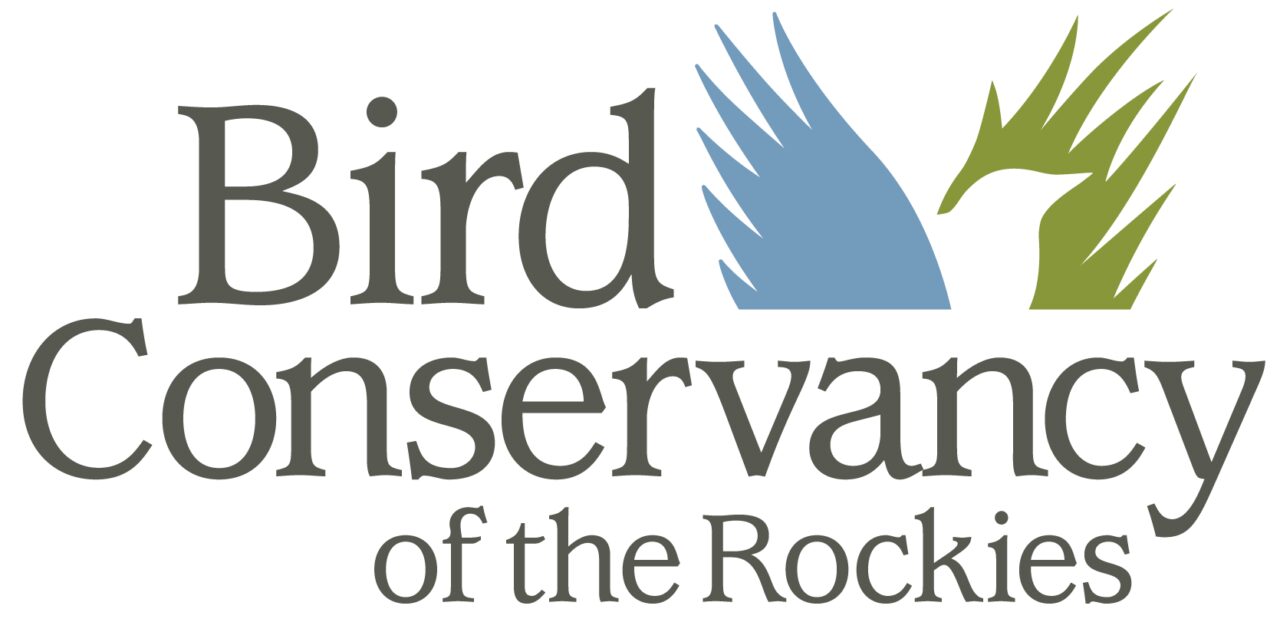

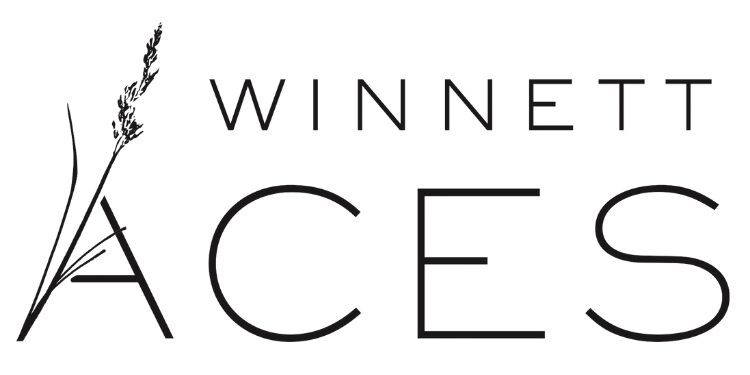


Listening and Collaborating
Our early research involved extensive calls to learn about each grantee and the conservation work they championed. The following points helped us envision each film:
- The general public understands the values of forests and wetlands but often needs to be convinced of the value of grasslands.
- Successful conservation in these privately owned, working landscapes is community-based. Contrary to the popular image of ranchers as isolated and exploitative, people share tools and knowledge to steward the land.
- Healthy ecosystems and livelihoods go hand in hand. Stakeholders can have different priorities and still work together to achieve a common mission.
We knew that to make responsible pieces, we had to visit the people and places whose stories we were telling. Our production team took three trips to the Northern Great Plains (the first time, for all of us, to this part of the country). In total, we spent a month filming the grantees, the ranching families they collaborate with, and the on-the-ground work they were undertaking together.
With footage in hand, we created intimate, people-focused pieces showing the power of partnership in a rural landscape. We also included the latest science by building accessible data visualizations to illustrate the scale of each issue.
What and Where Next?
NFWF will use these pieces (and their shorter social-media versions) to attract applications for the Northern Great Plains Program’s 2023 funding cycle.
Grantees will use the pieces to expand their conservation efforts with local landowners. By increasing engagement, more projects can be implemented that will co-benefit ranching and wildlife.
Together, these pieces will reach audiences both familiar with and new to grasslands conservation, helping grasslands and the people on them gain the appreciation and resources they deserve.





